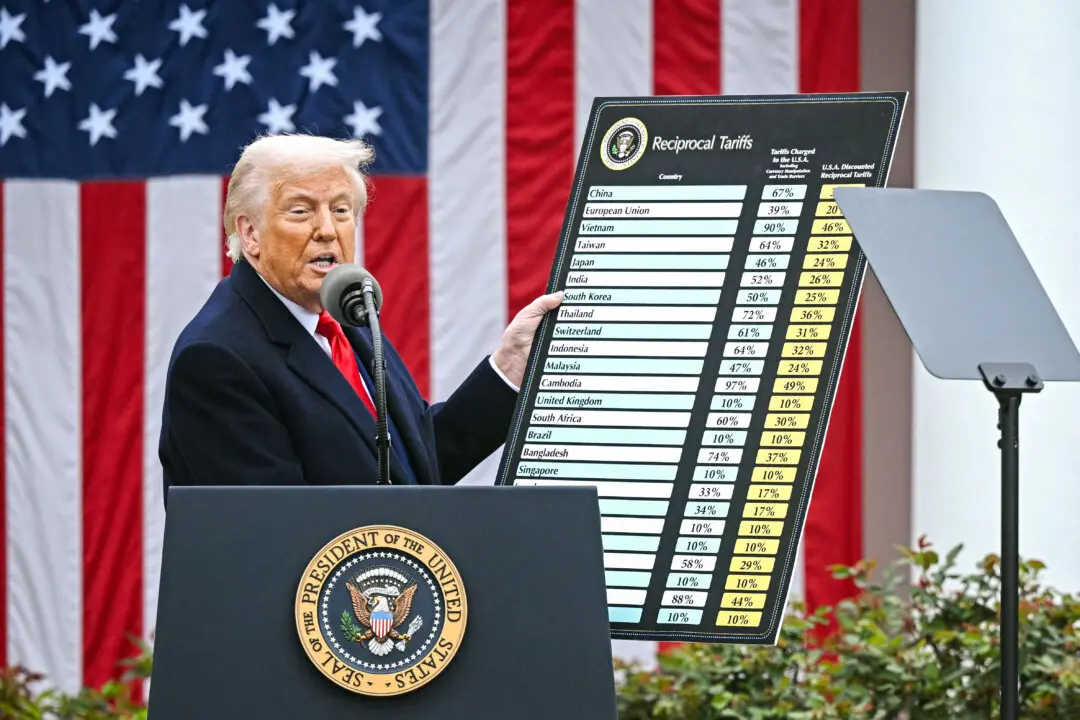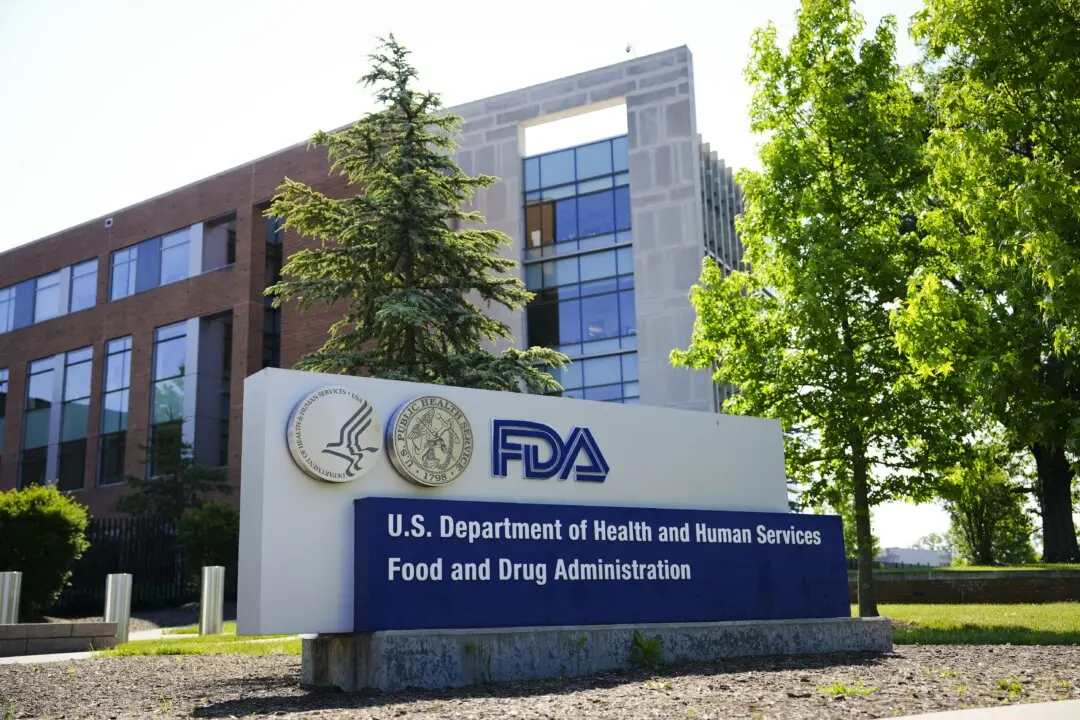The U.S. Food and Drug Administration (FDA) issued an updated alert for children and parents for upcoming Halloween holiday events, targeting candy, costumes, and makeup.
Reiterating older warnings about candies, the agency warns trick-or-treaters not to eat any candy “until it has been inspected at home,” adding that people should check for food allergies.





